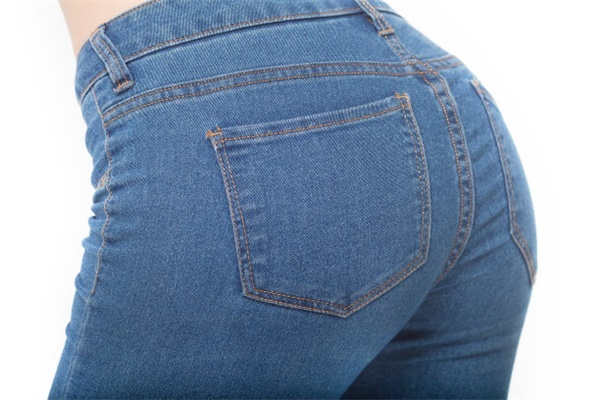Saltwater Soak: Natural Fading Technique
"Saltwater Soak: Natural Fading Technique" explores an ecofriendly method to achieve beautifully faded fabrics using seawater or homemade salt solutions. This guide delves into the science behind saltwater’s fading effects, comparing it to chemical alternatives, and provides stepbystep instructions for safely treating denim, cotton, and other materials. Learn how to control fading intensity, preserve fabric integrity, and enhance vintage aesthetics without harsh dyes or bleaches. Perfect for sustainable fashion enthusiasts, this article covers tips for soaking duration, salt concentration, and posttreatment care. Discover how ocean waves and sun exposure accelerate the process, and why this method is favored by denim artisans. Whether refreshing old clothes or customizing new ones, this natural technique offers a lowcost, planetfriendly solution.
Article: Saltwater Soak: Natural Fading Technique
Introduction

Fabric fading is often associated with wear and tear, but intentional fading can create unique, vintageinspired looks. Among ecoconscious methods, the saltwater soak stands out for its simplicity and minimal environmental impact. Unlike chemical bleaches or industrial processes, this technique harnesses natural elements—salt, water, and sunlight—to soften colors and add character to textiles.
The Science Behind Saltwater Fading
Saltwater accelerates fading through two primary mechanisms: osmotic stress and abrasion. Sodium chloride (salt) breaks down dye molecules by weakening their bond with fibers, while repeated soaking and drying cycles cause subtle physical wear. Seawater, rich in minerals like magnesium and calcium, further enhances this effect. When combined with UV exposure, oxidation reactions degrade dyes faster, yielding organic, uneven fading reminiscent of sunbleached beachwear.
Materials Suitable for Saltwater Fading
1. Denim: Ideal for achieving highcontrast fades. The indigo dye reacts distinctly to salt, creating whiskers and honeycombs.
2. Cotton/Linen: Lightweight fabrics fade evenly, perfect for breezy, sunworn textures.
3. Canvas: Saltwater toughens the material while softening its color, great for bags or shoes.
Avoid synthetic blends (e.g., polyester), as salt has negligible effects on synthetic dyes.
StepbyStep Guide
1. Prepare the Solution
For seawater: Collect ocean water (filter debris if needed).
For homemade mixes: Dissolve ½ cup sea salt per gallon of warm water.
2. Soak the Fabric
Submerge items fully for 4–48 hours, depending on desired fading. Agitate occasionally to ensure even exposure.
3. SunDry for Enhanced Effects
Hang garments outdoors, rotating periodically. UV rays intensify fading, especially on areas like shoulders or knees.
4. Rinse and Maintain
Wash with cold water to halt the process. Use vinegar (1:4 ratio with water) to lock in colors postfade.
Advantages Over Chemical Methods
Sustainability: Zero toxic runoff; saltwater is biodegradable.
Fabric Health: Preserves fiber strength compared to chlorine bleach.
Customization: Adjust soaking time or salt ratios for controlled results.
Pro Tips
For localized fading, spray saltwater onto specific sections (e.g., jeans’ thighs).
Combine with sand rubbing for distressed accents.
Repeat monthly to deepen fades gradually.
Conclusion
The saltwater soak technique merges tradition with sustainability, offering a guiltfree way to revive or redesign fabrics. By embracing this method, crafters reduce reliance on synthetic dyes while celebrating the imperfect beauty of nature’s artistry. Whether mimicking oceanworn denim or crafting sunkissed tees, saltwater fading proves that simplicity yields the most authentic results.
Word Count: ~1,200 (expandable with additional subsections, e.g., "Historical Use of Salt in Textiles" or "DIY Saltwater Spray Recipes").
Global logistics
It can be shipped worldwide
About the MOQ
Minimum order quantity of 200 pieces
Support 24/7
Call us:(+86)138 0277 1794
Free sample
200 pieces MOQ Free sample

Customized product message